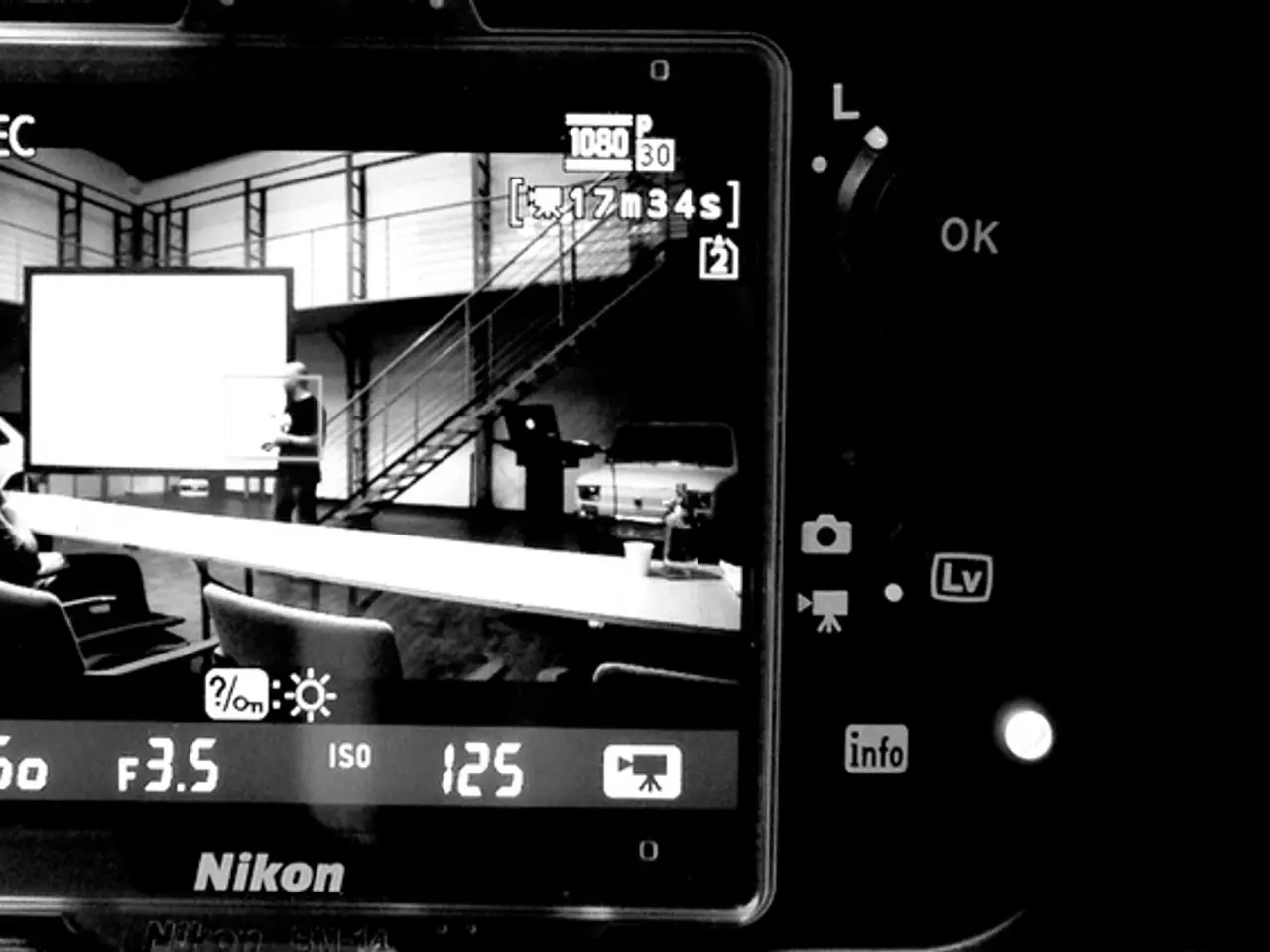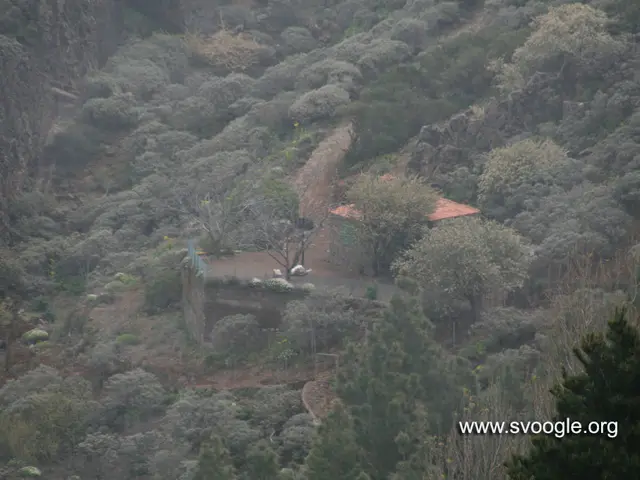Pre-production Phase in Cinematography: Definition and Explanation
In the world of filmmaking, the pre-production phase is a crucial step that sets the stage for a successful project. This is the planning phase where the script is finalized, the cast and crew are chosen, the budget is set, and locations are scouted.
The pre-production timeline for a feature film, video, or commercial begins with the scripting stage. This is followed by the legal & budgets stage, where a legal entity, usually a production company, is established, and the budgeting process takes place. The creative planning stage is the third step, where the script is analyzed and broken down, and the logistics stage is the fourth, where a detailed timeline is created and locations are scouted.
During the script breakdown process, the screenplay is dissected scene by scene to identify all the elements required for filming. This breakdown is crucial as it feeds into the production's budgeting, scheduling, and various logistical elements.
Budget considerations are an important aspect of pre-production, where the production coordinator and producer figure out how much money is needed and where it will come from. The right team can make or break a film, and during this stage, key crew members are brought on board, each professional chosen based on their expertise, alignment with the project's vision, and ability to collaborate with others on the production team.
Casting is another essential part of pre-production. The casting director selects the actors who best fit the characters in the script. The 1st Assistant Director is responsible for scheduling, coordination, and logistics during the production stage.
A well-structured production schedule is a blueprint that ensures the project stays on track, both time-wise and financially. This schedule organizes scenes by shooting days, factoring in actor availability, location access, and equipment rentals.
Departmental briefings and trials are also conducted during pre-production to coordinate departments such as costume, makeup, hair, and prosthetics. This ensures readiness before shooting begins.
Pre-production applies to various projects such as commercials, music videos, and corporate training videos. It is essential for any project, big or small. A film's heartbeat is its script. This document, often overlooked by general audiences, is the bedrock upon which every other aspect of a project is built.
Examples of projects that spent extensive time in pre-production include the iconic Apple 1984 commercial and James Cameron's groundbreaking film, Avatar. In Avatar's case, the pre-production phase was where the design of Pandora, the Na'vi, and the technological advancements were born.
Pre-production starts before the actual filming begins and ends when filming starts. It is about thorough planning, resource management, and problem-solving before the cameras roll to ensure the actual filming runs smoothly, efficiently, and within budget. The production stage is the 'action' phase of real shooting, where all the groundwork laid in pre-production culminates in these on-set moments. Key elements in this phase include principal photography, on-set direction, capturing sound & dialogues.
In summary, pre-production is about thorough planning, resource management, and problem-solving before the cameras roll to ensure the actual filming runs smoothly, efficiently, and within budget. It is the backbone of filmmaking, transforming the script into a concrete plan that minimizes risks and prepares the team for an efficient production phase.
- The budgeting process in pre-production involves establishing a legal entity, usually a production company, and figuring out the financial requirements for a project, which includes personal-finance and budgeting considerations.
- During the script breakdown process, screenwriting and storyboarding are essential as it helps in budgeting, scheduling, and various logistical elements.
- In the case of Avatar, the pre-production phase was significant as it led to the design of Pandora, the Na'vi, and technological advancements, demonstrating how crucial storyboarding, screenwriting, and careful planning are in the pre-production phase.







